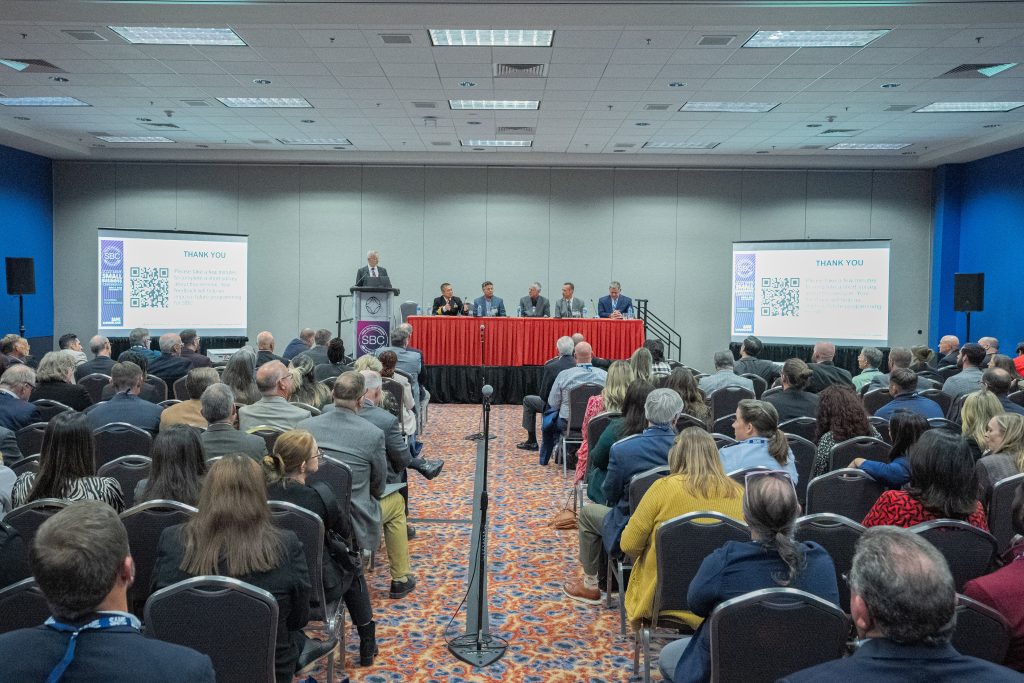
At the 2023 SBC, held in San Antonio, Nov. 1-3, more than 5,000 attendees representing small, medium, and large businesses, as well as a broad representation of government agencies and advocacy organizations, came together to build a platform for industry and government to engage, discuss challenges, and hold the conversations necessary to move toward solutions.
Most notably, SBC hosted an education track dedicated to the high-level industry-government engagement efforts identified as SAME National IGE Projects. These sessions offered attendees a chance to hear from project champions, ask questions, and get engaged with these impactful efforts.
Alternative (and Innovative) Delivery Methods for Construction. As part of the 2023 SAME Capital Week, held in March 2023, the IGE Summit had brought together experts and thought leaders from industry and government to confront the challenge of small business participation in the federal marketplace. Among the key lines of effort identified from the summit addressed alternative delivery methods. At SBC, a follow-on session was held with representatives from small business, large business, NAVFAC, and USACE to continue that conversation. On the industry side, issues raised focused on the costs involved throughout the bidding and award process. Greater value is derived from early involvement, since that allows for a greater understanding of risk. This theme was echoed by the speakers from the federal agencies, with speakers from NAVFAC and USACE discussing their own programs piloting potential early contractor involvement methods.
Mega-Trends Shaping Installations for the Future. Over the summer, two new IGE efforts were given the green light to move ahead as National IGE projects. This includes Mega Trends Shaping Installations for the Future, led by Col. Paula Loomis, FAIA, F.SAME, USAF (Ret.) and Col. John Mogge, Ph.D., F.SAME (Dist.), USAF (Ret.). The project is taking a look at not just a single ongoing mega-trend but the convergence of them, seeking ways to identify what the state of warfare and installations may be 20 years in the future in order to better posture infrastructure for those needs. The project team identified five current megatrends: decarbonization, demagogue politics, democratization, decentralization, and digitization. The overlap of these megatrends makes, as they described it, a potential “fifth wave” of innovation that would change the way we interact with the world in a very short period of time.
Hope Isn’t a Method: The Shrinking Industrial Base. This panel, also a follow-on session from a previous SAME event, provided an opportunity for representatives of the Department of Veterans Affairs, NAVFAC, AFCEC, and USACE to share how their respective agencies are working to bring new small businesses into the federal marketplace and lowering the barriers to entry. While the speakers acknowledged that there were signs they were beginning to turn the ship around, noting that in FY2023 the defense industrial base had gained 43 new entrants, as compared to a 5 percent loss of unique entities in FY2022, there was still work to be done. They encouraged small businesses to converse with them and share stories of why they did not compete or otherwise did not engage in the federal marketplace to help identify those spots where issues lie.
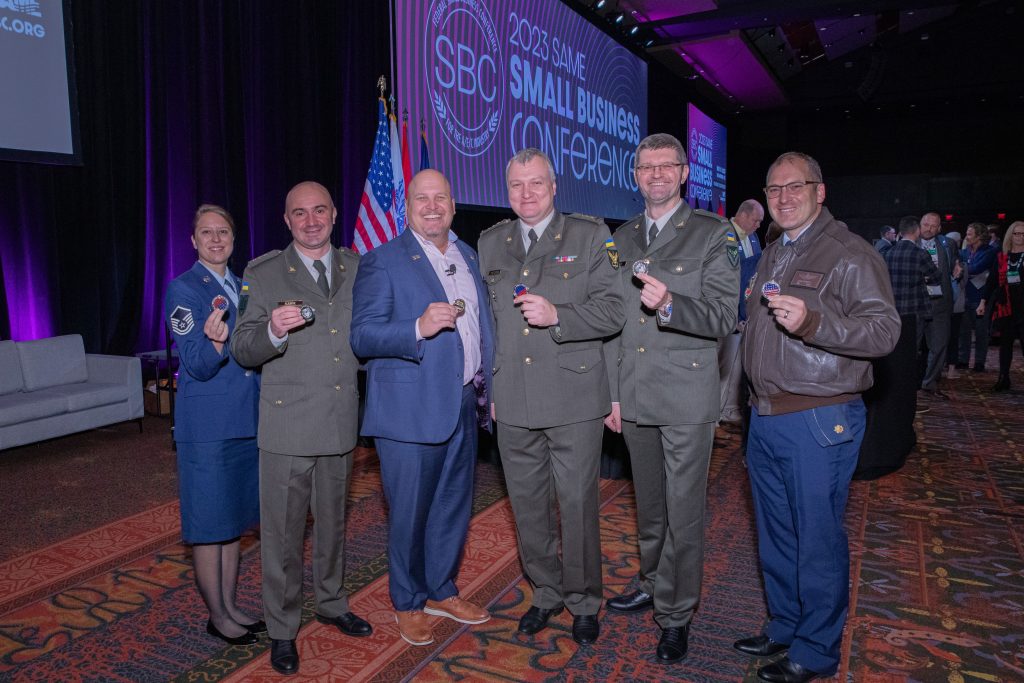
Ukraine Work Group Information Session. The most prominent example of how powerful collaboration between industry and government can be came about during the Ukraine Working Group Information Session. This panel saw members from industry join a delegation from Ukraine’s State Special Transport Service (SSTS) to discuss work already going on in Ukraine and preparations needed for the eventual rebuilding. As the panelists noted, to effectively carry out the rebuilding program requires planning to begin now, not at the time of a ceasefire. Attendees had an opportunity to hear directly from Col. Oleksandr Korotchenko, Senior Lt. Taras Kliuinyk, and Senior Soldier Oleksii Chuiev on the duties of the SSTS, what the enterprise is focusing on, and ask questions about where SAME can provide support, both now and in the near term.
Industry government engagement is a two-way street. Nothing exemplifies this more than SBC. The insights into the high-level IGE projects shared throughout the conference offered a chance for leadership and subject matter experts to check overall direction and vector for the teams, share feedback, and give a platform for the conversation to continue.
Bringing Industry and Government Together
As the cornerstone of the Society’s founding in 1920, industry-government engagement remains mission-essential for the organization a century later. By leveraging our unique, inclusive platform that brings together members from across the entire infrastructure lifecycle, public and private, SAME is driving solutions for some of the toughest engineering challenges facing the A/E/C industry and our national security. Learn more about SAME’s IGE efforts.
-
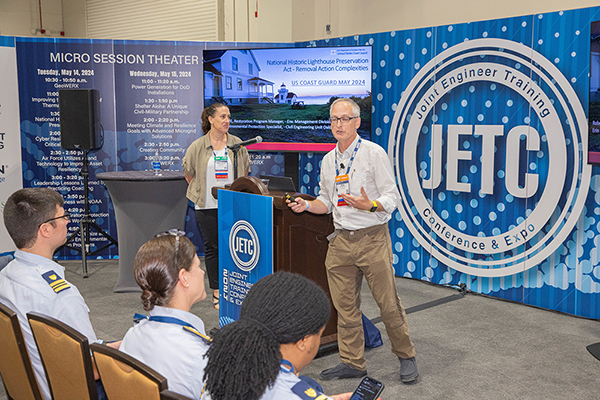
National IGE Report: March-April 2025
SAME’s National IGE Report for March-April 2025 covers IGE projects and other ongoing industry-government engagement efforts and updates on their progress. -
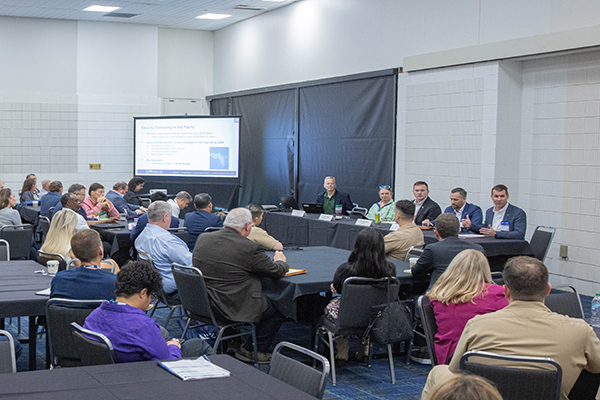
National IGE Report: January-February 2025
SAME’s National IGE Report for January-February 2025 covers IGE projects and other ongoing industry-government engagement efforts and updates on their progress. -
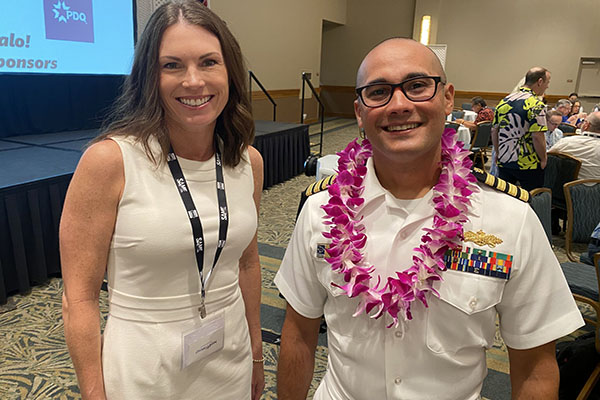
National IGE Report: November-December 2024
SAME’s National IGE Report for November-December 2024 covers IGE projects and other ongoing industry-government engagement efforts and updates on their progress. -

National IGE Report: September-October 2024
SAME’s National IGE Report for September-October 2024 covers IGE projects and other ongoing industry-government engagement efforts and updates on their progress. -
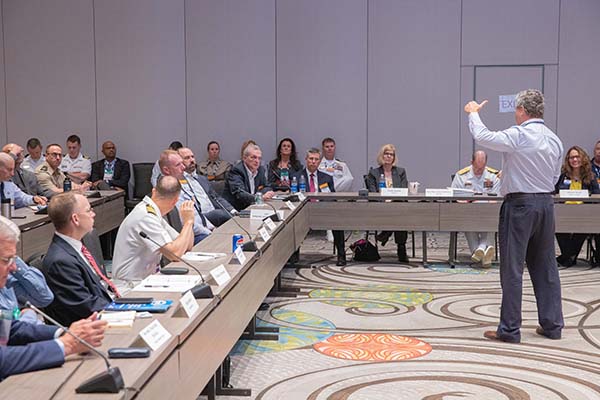
National IGE Report: July-August 2024
SAME’s National IGE Report for July-August 2024 covers IGE projects and other ongoing industry-government engagement efforts and updates on their progress.
